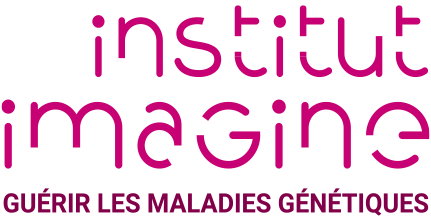Homozygosity for TYK2 P1104A underlies tuberculosis in about 1% of patients in a cohort of European ancestry.
Kerner G, Ramirez-Alejo N, Seeleuthner Y, Yang R, Ogishi M, Cobat A, Patin E, Quintana-Murci L, Boisson-Dupuis S, Casanova JL, Abel L.
Source :
Proc. Natl. Acad. Sci. U.S.A.
2019 nov 20
Pmid / DOI:
31068474
Abstract
The human genetic basis of tuberculosis (TB) has long remained elusive. We recently reported a high level of enrichment in homozygosity for the common TYK2 P1104A variant in a heterogeneous cohort of patients with TB from non-European countries in which TB is endemic. This variant is homozygous in ∼1/600 Europeans and ∼1/5,000 people from other countries outside East Asia and sub-Saharan Africa. We report a study of this variant in the UK Biobank cohort. The frequency of P1104A homozygotes was much higher in patients with TB (6/620, 1%) than in controls (228/114,473, 0.2%), with an odds ratio (OR) adjusted for ancestry of 5.0 [95% confidence interval (CI): 1.96-10.31, P = 2 × 10-3]. Conversely, we did not observe enrichment for P1104A heterozygosity, or for TYK2 I684S or V362F homozygosity or heterozygosity. Moreover, it is unlikely that more than 10% of controls were infected with Mycobacterium tuberculosis, as 97% were of European genetic ancestry, born between 1939 and 1970, and resided in the United Kingdom. Had all of them been infected, the OR for developing TB upon infection would be higher. These findings suggest that homozygosity for TYK2 P1104A may account for ∼1% of TB cases in Europeans.
